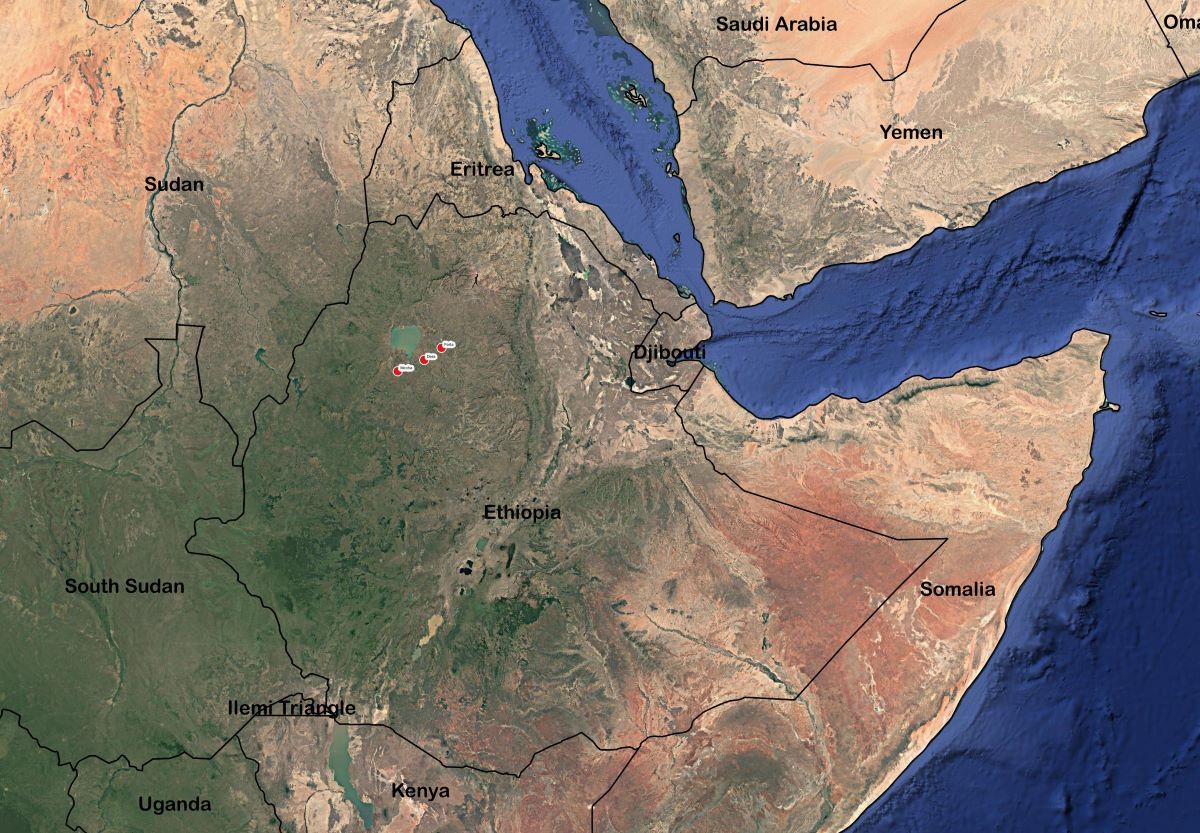IWRM Evaluation Tool to Enhance Water Security in Ethiopia
Twelve water interventions in the Tana Sub-Basin in Ethiopia are assessed using the IWRM Evaluation Tool developed by Acacia Water. Results are presented in the report “Investigating the Nexus of Water Supply Interventions (WSI) and Integrated Water Resources Management (IWRM): A Case Study of the Tana Sub-basin in the Amhara National Regional State”.
In collaboration with Millenium Water Alliance (MWA) and Water Resource Institute (WRI) a study was conducted to evaluate the alignment of water supply interventions with Integrated Water Resources Management (IWRM) principles. The project was funded by the Conrad N. Hilton Foundation.
The areas involved in the research were the Dera, Farta, and North Mecha districts in Ethiopia. The study took place in the Tana sub-basin, a crucial hydrological area in northwest Ethiopia that feeds the Blue Nile River.
Lake Tana is Ethiopia’s largest lake. It plays a key role in regulating the regional water cycle and providing water for irrigation, domestic use, and hydropower. The region faces significant water management challenges, including droughts, floods, and water contamination from agricultural runoff, industrial discharge, and inadequate waste management. These challenges are exacerbated by climate change, deforestation, and land-use changes.
Acacia Water employed a process-based evaluation to assess the performance of water supply interventions in the Tana sub-basin. We used an IWRM Evaluation Tool, uniquely developed for this study. The methodology consisted of literature review, systematic sampling, key informant interviews (KII) and focus group discussions and stakeholder mapping.
IWRM Framework and Evaluation Tool
The study developed an IWRM Evaluation Tool based on the following three core IWRM principles equity and stakeholder participation, environmental and functional sustainability and governance and capacity building. The IWRM Evaluation Tool assessed 12 water supply interventions using indicators derived from these principles. It identified gaps in policy implementation, stakeholder involvement, and environmental monitoring. In the report recommendations are offered for improving water management practices in the region.
Key Findings and recommendations
Stakeholder Involvement
Although stakeholder participation was strong during the planning and construction phases of interventions, involvement dwindled during the operational and maintenance phases. WASHCOs (Water, Sanitation, and Hygiene Committees) were often left to manage water points with little institutional support.
Recommendation: promote cross-sector collaboration; greater collaboration between government agencies, NGOs, and local communities is necessary for successful water management.
Climate Resilience:
Water points were not adequately designed to cope with the increasing frequency of climate-related events, such as droughts and floods.
Recommendation: improve climate resilience; land-use planning and soil conservation measures should be integrated into water management strategies to mitigate the impacts of climate change.
Functional Sustainability
Many interventions suffered from poor maintenance, largely due to a lack of financial resources.
Recommendation: formalize a maintenance system; a formal system for charging tariffs should be established to ensure the financial viability of water supply interventions.
Capacity Building
Local Water Management Committees (WASHCOs) were found to have insufficient training in managing water systems, resulting in frequent breakdowns of water points.
Recommendation: enhance Capacity Building, Continuous training programs for local WASHCOs and Water Management Committees should be instituted to improve the management of water systems.
Environmental Monitoring
Environmental assessments were either absent or insufficient, leading to poor water quality management and potential long-term damage to water resources.
Recommendation: strengthen environmental monitoring; regular water quality assessments and environmental monitoring should be made a priority to prevent long-term degradation of water resources.
The study emphasized the importance of integrating IWRM principles into all stages of water supply interventions, from planning through to maintenance, to ensure the sustainability and resilience of water resources in the Tana sub-basin.
“Investigating the Nexus of Water Supply Interventions (WSI) and Integrated Water Resources Management (IWRM): A Case Study of the Tana Sub-basin in the Amhara National Regional State”




